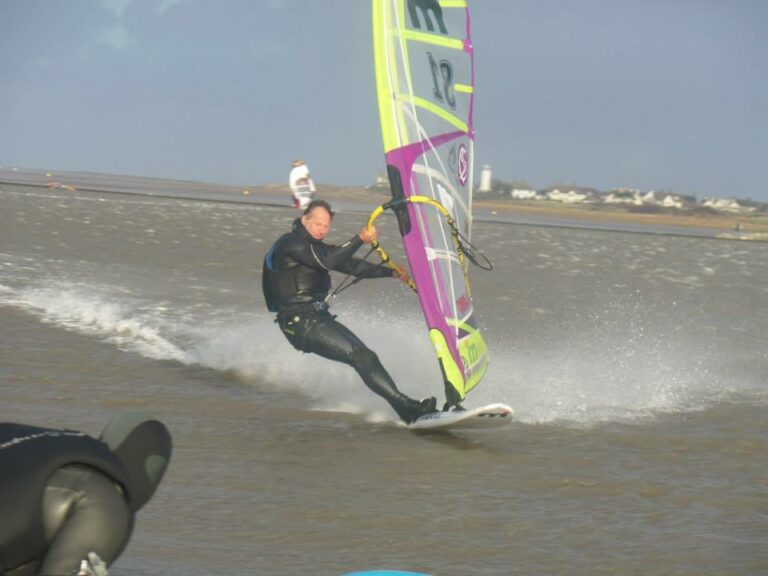Drones, and more specifically multi-copters seem to be all anyone is talking about, whether it’s Facebook going wild over the latest off piece snowboarding footage or the BBC reporting on both drones that are saving and risking lives, it hard not to be aware them. With a growing number of people using them to film extreme sports and most recently windsurfing with some quite spectacular results, it is easy to see why one would be tempted. However, for most of us the world of drones, multi-copter, flight controllers and transmitters is all a bit of a mystery, so to give you some crucial information on what to look for in a drone, what they are capable of and how to make sure you fly them safely, and more importantly lawfully we have enlisted the wisdom of RNDrones designer and builder, John Bainbridge.
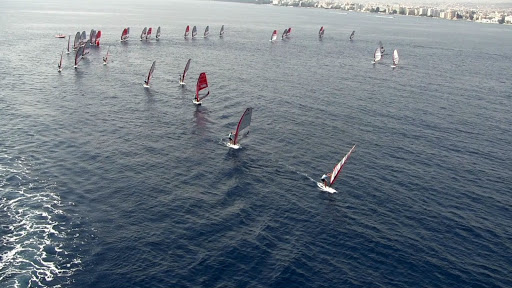
So what is a drone?
Whilst ‘Drone’ has become the catch-all name for a range of ‘flying machines’ what we are typically talking about are UAV’s (Unmanned Aerial Vehicles) which are ‘…aircraft without a human pilot aboard. The flight of UAVs may be controlled either autonomously by on-board computers or by the remote control of a pilot on the ground or in another vehicle.’ (Wikipedia). So this definition can include pretty much any radio controlled flying model, plane, helicopter or multi-copter as well as military Reaper drones, Google’s proposed high altitude solar powered ‘internet’ drones etc. etc.
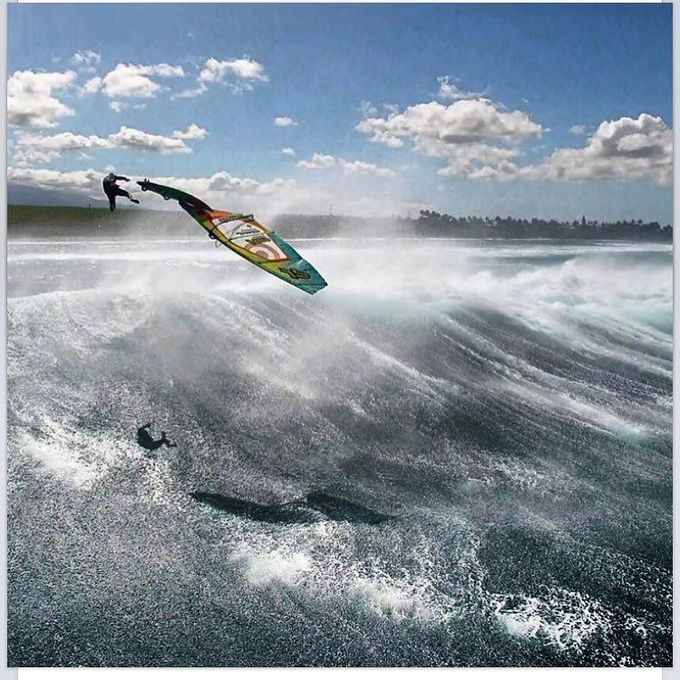
The most common for extreme sport filming seems to be a ‘quadcopter’. Why is this?
When choosing a drone it’s important to work out exactly what you want to use it for, what conditions you will typically be flying in and how much future flexibility you might want. For the majority of us aerial photography is going to be the main objective, whether we are using it to take video of windsurfing or for those light wind days you might also want to do a bit of aerial exploration using your FPV (First Person View), or even for the more adventurous flyers the growing sport of drone racing. With 4 arms and 4 motors the quadcopter is going to give you maximum versatility. Quadcopters are reasonably stable in a breeze, can be quite powerful, have fewer parts to replace when you crash and can easily carry action cameras with or without a gimbal.

So if a quadcopter can do all this what are the advantages with having more arms and motors?
For the majority of flyers a quadcopter has ample power, stability and carrying capability however, if you are looking for something more stable and powerful to carry a DSLR camera or professional video rig then a hexa-copter with 6 arms and 6 or 12 motors, or octo-copters with 8 arms and 8 or 16 motors will provide more stability so better quality videos and pictures, as well as the added security of knowing if a motor blows you can still get it back to land and don’t have to fish your £1000 DSLR out of the sea.
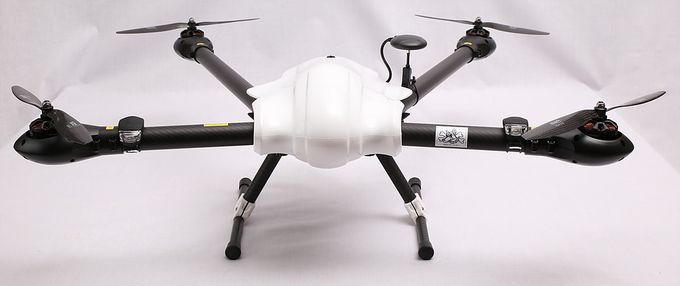
Having flown and crashed drones myself how should someone new to flying get started?
Before you venture into the great outdoors with your GoPro camera slung to a £1000 drone in 15 knots of wind it is an excellent idea to get some practice on a small indoor drone, although beware because most of these are so light they will blow away in even a slight wind if you take them outside. Quick tip #1: buy lots of spare batteries as flying times are quite short and buy even more spare propellers as you are going to crash a lot, and #2 put your phone number on your drone. There are lots to choose from, and some even come with a (typically low quality) camera and maybe even a screen on the transmitter, but here are some of our favourites:
Hubsan X4 H107C – comes with a camera, very small, easy to fly (we even flew one in the back of a 110 Defender so flying in your Transporter should be easy if you are so inclined…), does tricks, fits in the palm of your hand. (£20-£30)
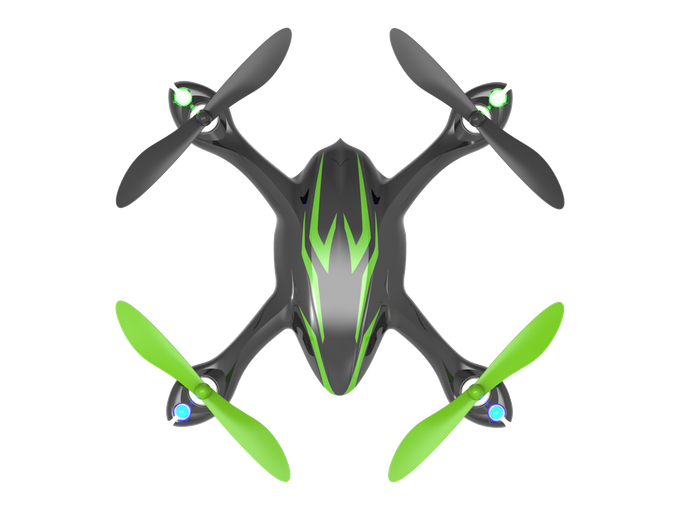
Syma X11 – No camera, but typically comes with a propeller protector fitted. As easy to fly as the Hubsan X4 and just as much fun (£20-£30)
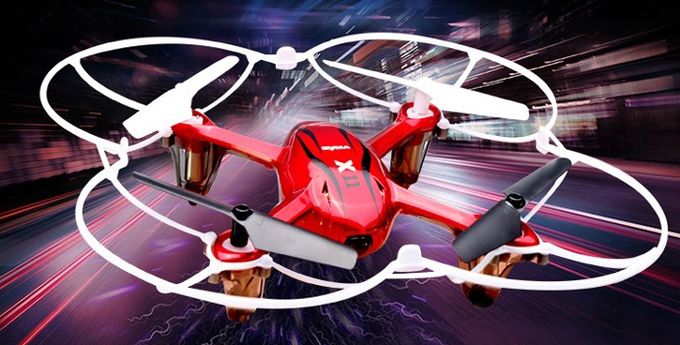
Dromida Ominus – This is a bigger indoor and ‘outdoor’ quadcopter (238 mm maximum distance between motors. Super-fast, super agile with lots of potential to develop some serious drone flying skills. The propellers stop spinning if you hit something which is a bonus! (£60-£70)
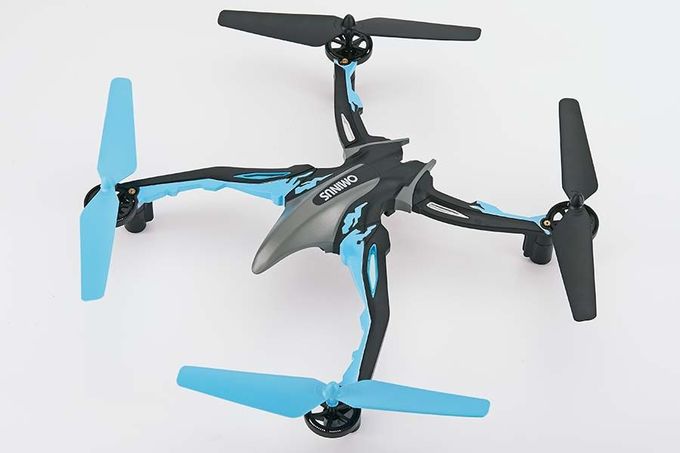
Before you start flying it’s good to know some rules, regulations and safety behind drones, we really like this little diagram which gives an overview of drone safety: (taken from ‘caa.co.uk’)
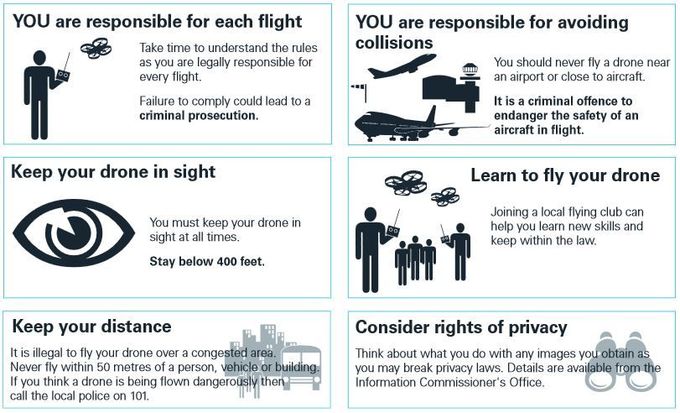
Next time: Ready to film! Looking at dedicated extreme sport drones for windsurfing, snowboarding, surfing and mountain biking also Robby Swift joins us to give us his opinion!


